14 Animals That Survived the Dinosaur Extinction
Sixty-six million years ago, Earth’s balance shifted in a single strike. The asteroid impact set off firestorms, blocked out sunlight, and left food chains in collapse. Dinosaurs and countless other species vanished, but a few creatures managed to endure. Those survivors carried the story of life forward in a world that had been reset.
Birds
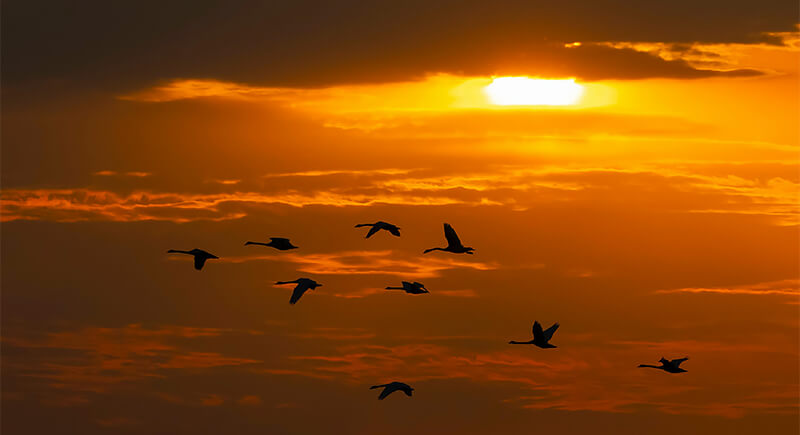
Credit: pexels
When the asteroid hit, most dinosaurs were finished, but a few small, feathered theropods slipped through the chaos. Their size meant less food was needed, and their varied diets kept them going. Flight helped them reach safer ground. Fossils like Archaeopteryx show how these survivors carried dinosaur traits into what we now call birds.
Horseshoe Crabs
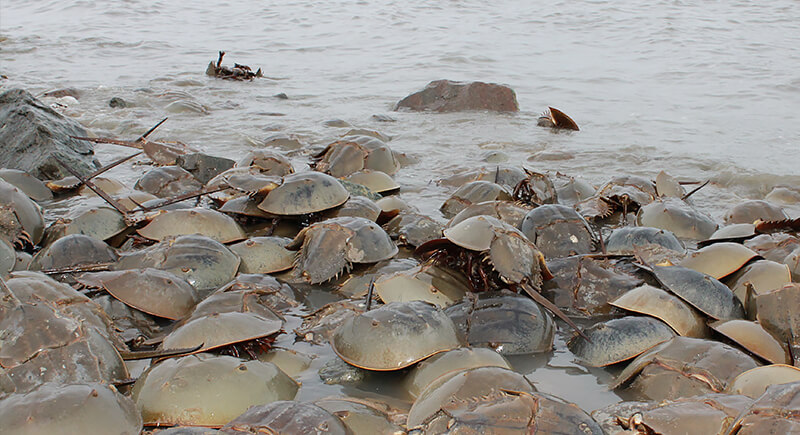
Credit: Wikimedia Commons
These ancient arthropods were thriving hundreds of millions of years before dinosaurs, and they kept their design through every mass extinction that followed. A hard shell, a body plan that worked, and a flexible lifestyle carried them through the K–Pg event. Today, their blood is critical in medical testing, yet human activity now threatens them.
Sharks
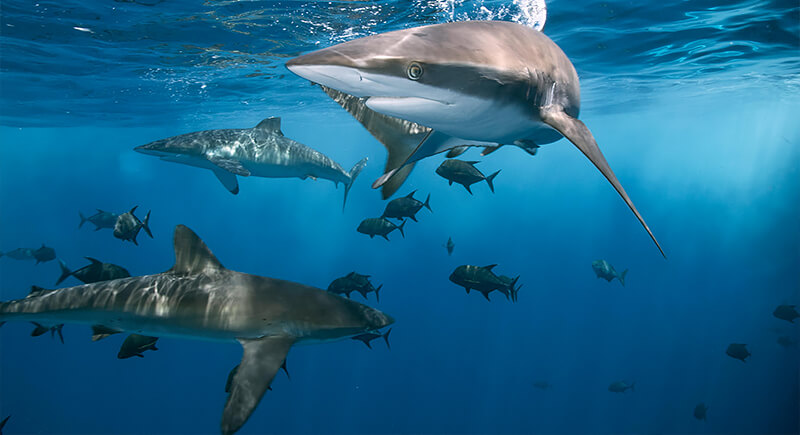
Credit: pexels
While mosasaurs and plesiosaurs vanished, sharks kept going. Their cartilaginous skeletons made them lighter and more energy-efficient, and new teeth were always growing in. Sharks ate whatever was available—plankton, fish, or larger prey—so they weren’t locked into a single food chain. That flexibility let them survive when other ocean predators couldn’t.
Crocodiles
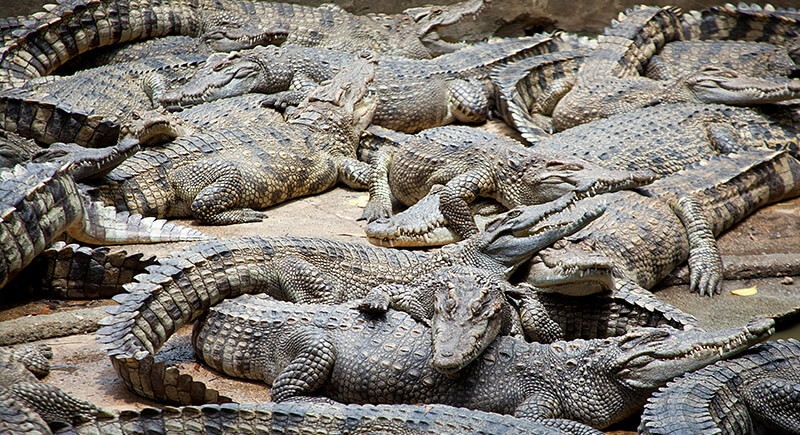
Credit: pexels
Crocodiles made it through the extinction by being energy misers that could wait out long food shortages in rivers and swamps. When ecosystems collapsed, low metabolism, an aquatic lifestyle, and a willingness to eat almost anything gave them an advantage. Even today, their lineage reflects survival strategies perfected millions of years ago during Earth’s most turbulent times.
Turtles
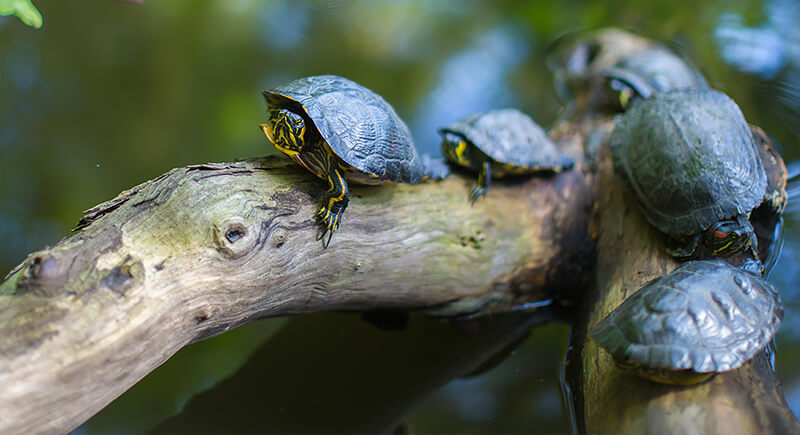
Credit: pexels
Fossil records show turtles not only survived the K–Pg extinction but actually expanded in diversity afterward. Their aquatic habits gave them shelter when land ecosystems collapsed, and their slow metabolisms let them get by on little food. Omnivorous diets—plants, insects, or small animals—made them well-suited to the unstable conditions that followed.
Bees
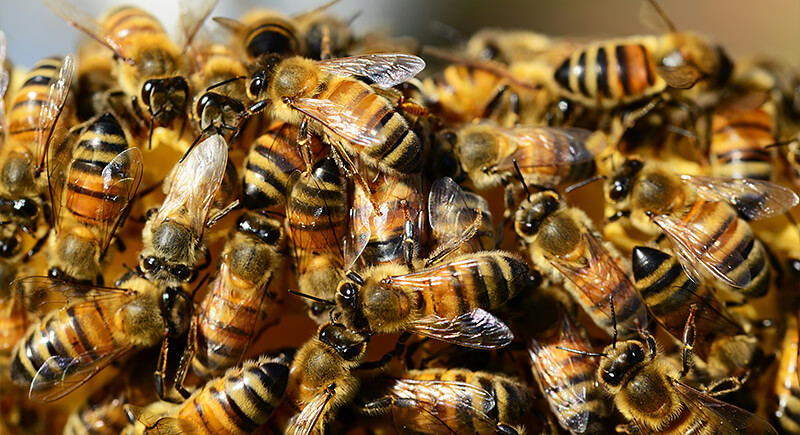
Credit: pexels
Small size and close ties with flowering plants enabled bees to buzz through the aftermath of the strike. While many species collapsed, some hardy plants survived, providing bees with enough nectar and pollen to carry on. Their short generation times and rapid reproduction helped them recover quickly, ensuring pollination continued in a recovering world.
Platypus
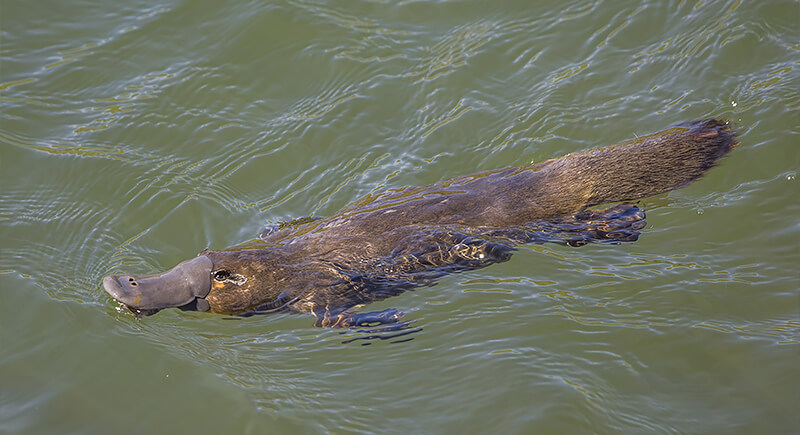
Credit: Wikimedia Commons
As monotremes, unusual traits like egg-laying may have helped secure the lineage during the extinction event that erased countless others. Platypuses survived by living small, and being rightly placed in Australia also offered a degree of isolation from the most severe effects. Their diet of insects and larvae in rivers provided steady food when larger prey vanished.
Tuatara
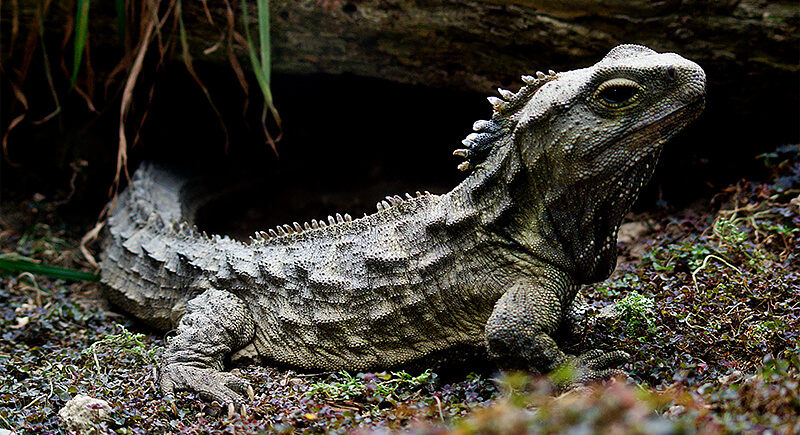
Credit: Wikimedia Commons
While most of their relatives died out, tuatara endured by tolerating cooler environments that others could not. Their slow metabolisms helped them through lean times, and unusual traits—a primitive jaw structure and a light-sensitive “third eye”—set them apart. Now confined to islands in New Zealand, they remain one of the last direct echoes of that ancient world.
Cockroaches
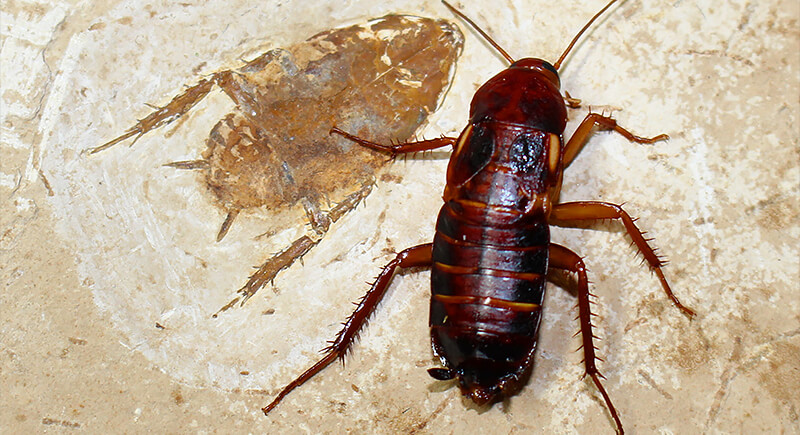
Credit: Wikimedia Commons
When the asteroid’s aftermath turned Earth into fire and ash, cockroaches kept going. They could squeeze into tight spaces, survive on almost any scrap of food, and protect their young with tough egg cases. Fast breeding cycles meant quick recoveries, and their tolerance for heat, cold, and scarcity kept them alive when so many others failed.
Lobsters
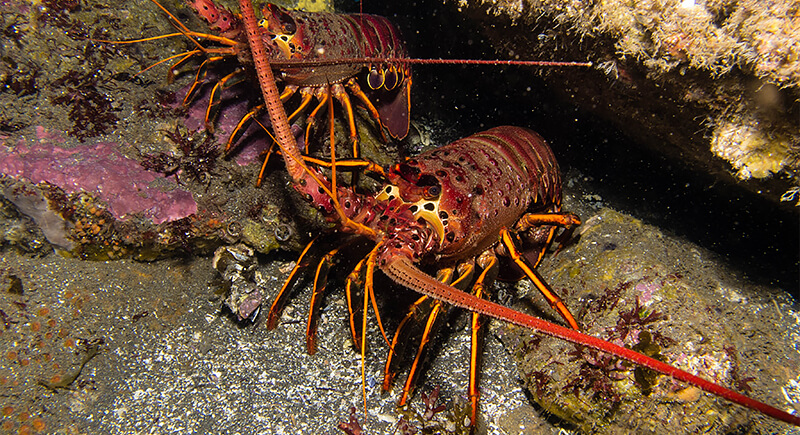
Credit: Wikimedia Commons
Long before dinosaurs ever appeared, lobsters were scuttling across ancient seas, and they kept on going afterward. They’re reminders of an evolutionary design that’s weathered nearly every catastrophe. Their small size, ability to live in varied habitats, and habit of feeding on whatever was available helped them ride out the K-Pg era.
Lizards
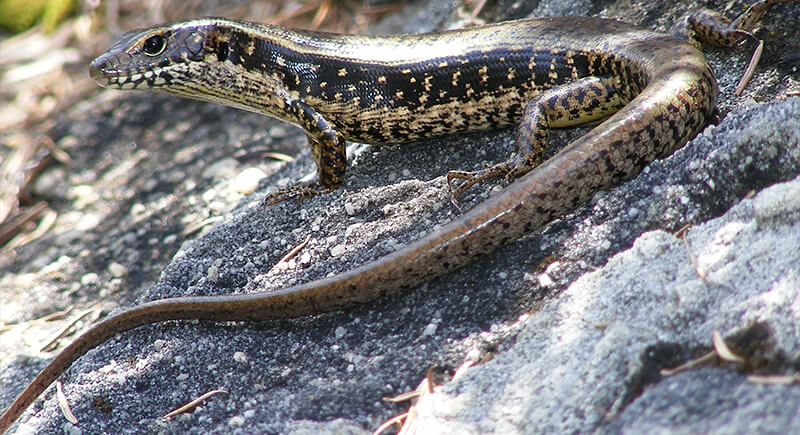
Credit: Wikimedia Commons
Lizards endured the crumble thanks to their small bodies, low food needs, and ability to hide underground or in crevices. Insects and leftover plant matter became reliable meals when larger animals starved. Though some species vanished, many adapted quickly, proving that flexibility and sheltering behaviors made the difference in surviving the catastrophic aftermath.
Snakes
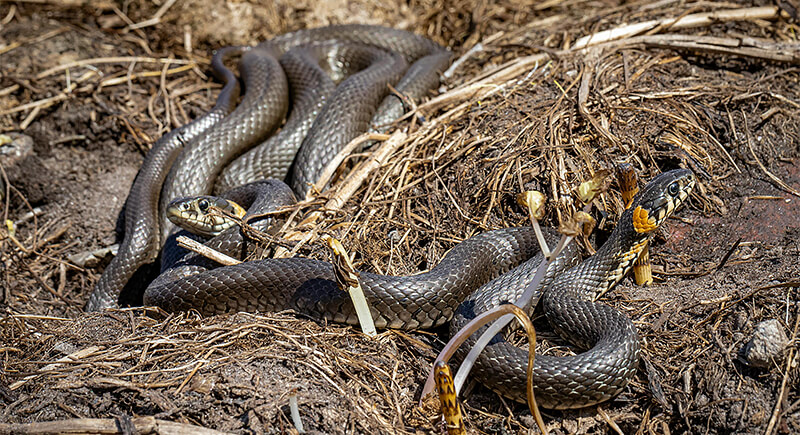
Credit: pexels
When surface life burned and froze in the asteroid’s wake, snakes survived by retreating underground. Their low energy needs meant they could go long stretches without food, and they ate whatever prey was available once conditions eased.
Cedar Wood Wasps
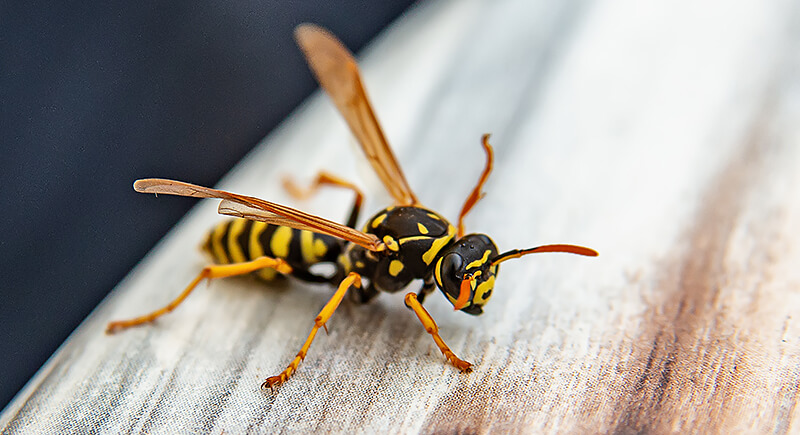
Credit: iStockphoto
It’s thought that the ability of this tiny wasp to withstand low oxygen levels and other extreme conditions contributed to its survival through the extinction event. Modern cedar wood wasps remain tied to fire-prone forests of California and British Columbia.
Lungfish
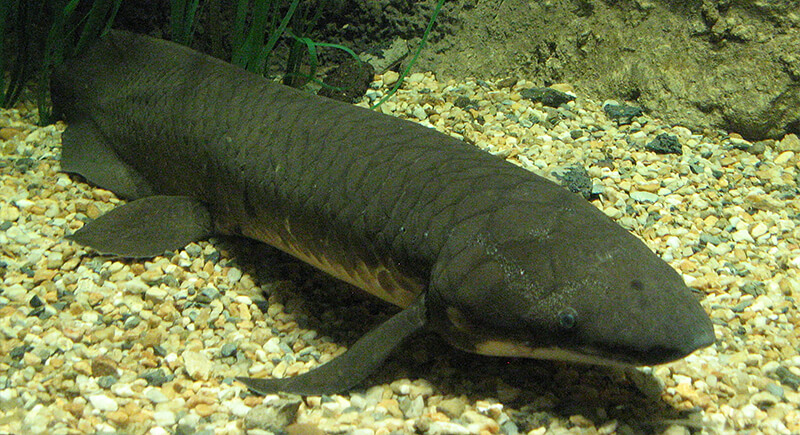
Credit: Wikimedia Commons
These ancient fish had a survival trick that mattered when times turned harsh: they could breathe air. Their lungs and limb-like fins date back more than 400 million years, helping them outlast disaster after disaster. Today, six species remain in Africa, South America, and Australia, living reminders of a lineage that endured Earth’s greatest upheavals.
Coelacanth
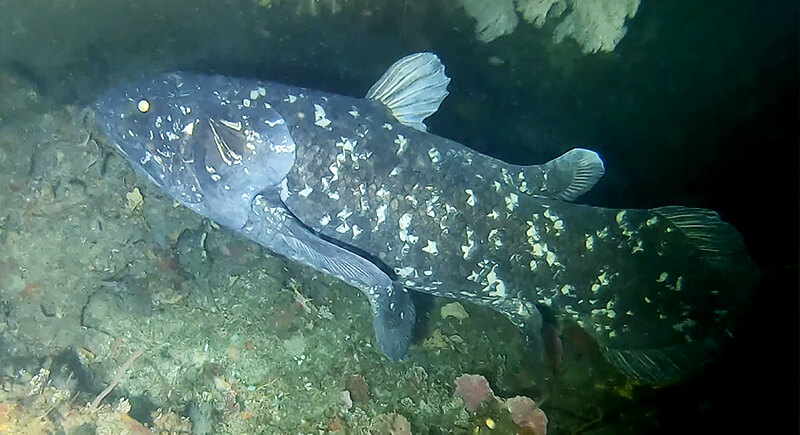
Credit: Wikimedia Commons
Long thought extinct, coelacanths stunned science when a living specimen appeared off South Africa in 1938. These deep-sea fish trace back over 400 million years, surviving multiple mass extinctions—including the K–Pg event. Their preference for stable, dark waters likely sheltered them from catastrophe, leaving them rare, elusive echoes of Earth’s prehistoric seas.